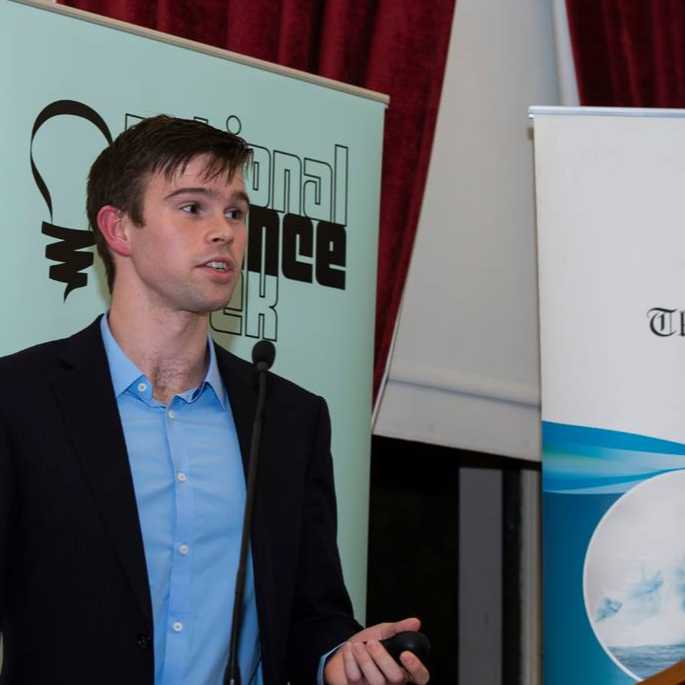Dec 15, 2021
Use of cholera toxin subunit B to label neural projections to lower urinary tract organs
- 1University of Melbourne
- SPARCTech. support email: info@neuinfo.org

Protocol Citation: Janet R Keast, Peregrine B Osborne, John-Paul Fuller-Jackson 2021. Use of cholera toxin subunit B to label neural projections to lower urinary tract organs. protocols.io https://dx.doi.org/10.17504/protocols.io.byqbpvsn
License: This is an open access protocol distributed under the terms of the Creative Commons Attribution License, which permits unrestricted use, distribution, and reproduction in any medium, provided the original author and source are credited
Protocol status: Working
We use this protocol and it’s working
Created: October 01, 2021
Last Modified: November 27, 2023
Protocol Integer ID: 53731
Keywords: lower urinary tract, retrograde tracing, neural tracing
Funders Acknowledgements:
NIH-SPARC
Grant ID: OT2OD023872
Abstract
This protocol is used to visualise sensory and autonomic neurons innervating organs of the lower urinary tract in an experimental adult male or female rat. The protocol is performed under anesthesia and should incorporate all local requirements for standards of animal experimentation, including methods of anesthesia, surgical environment, and post-operative monitoring and care.
Materials
MATERIALS
Neuros syringeHamilton CompanyCatalog #65460-02
IsofluraneZoetisCatalog #10015516
LacrilubeEllar Laboratories
Cholera toxin subunit BList LabsCatalog #104
Preparation for surgery
Preparation for surgery
Prepare cholera toxin subunit B solutions: low salt formulation with 0.05% Evans Blue.
Anesthetise animal (2.5% isoflurane in oxygen, or as required for maintenance)
Apply eye lubricant and place animal on heated pad.
Shave and clean the ventral abdomen.
Surgery
Surgery
Perform a midline incision in the skin and then the muscle, then gently move organs to visualise the required injection site.
Microinject sterile tracer solution at the selected injection site using a Hamilton Neuros Syringe attached to a 33G needle. At each injection site, hold the needle in place for ~5 seconds after ejection of the dye, to enable the dye to spread to the underlying tissue. This also minimises leakage.
Note
Injections into the bladder body (dome) are made bilaterally on dorsal and ventral aspects; total volume ~ 5 µl. Single injections are made into the dorsal aspect of the proximal urethra (maximum 0.3 µl per injection).
Wash all injection sites with sterile saline.
Close the muscle and skin using approved procedures. Administer analgesics and monitor animal during postoperative period as per local approved procedure.
Tissue harvesting
Tissue harvesting
To analyse tracer distribution in ganglia or the injection site, 4 days after surgery, fix animals by intra-cardiac perfusion, then remove tissues of interest for further study.
Note
For studies of the central projections of lower urinary tract afferents, the spinal cord and dorsal root ganglia of segments L5 to S2 would be taken. Lower urinary tract organs would also be taken for confirmation of injection site.
